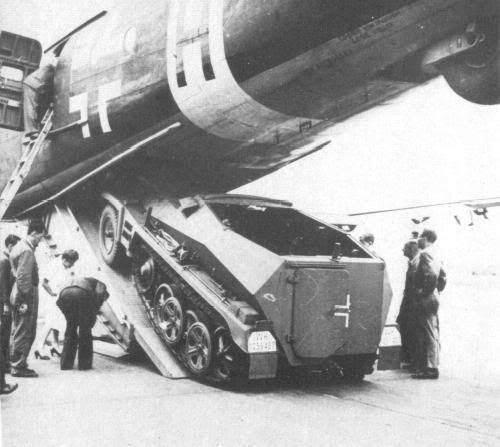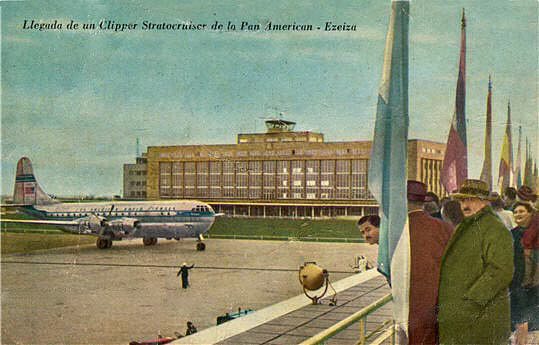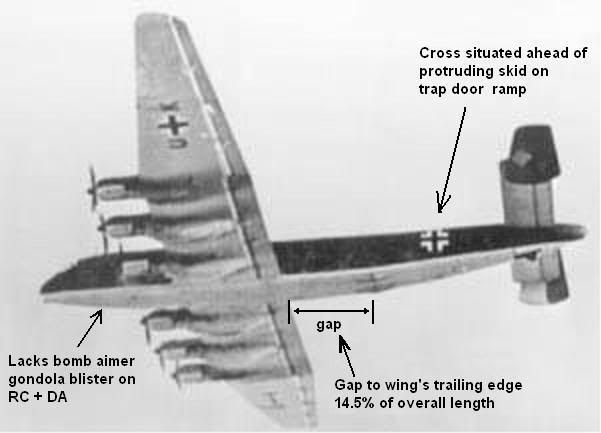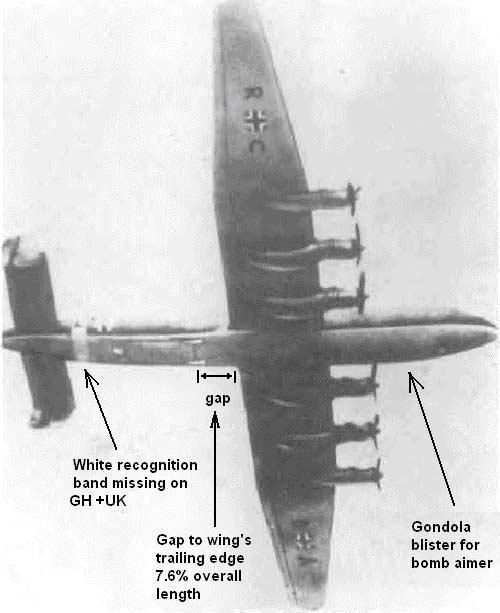Dear Drake,
Sorry but you’re wrong old chap. The weakness of the early Ju-90 aircraft was not in the strength of it’s structure but in respect of two factors…First they were totally underpowered and second they had small wing areas.
Point of fact, when Junkers developed the Ju-90 from the Ju-89 there were plans to develop the Ju-89V3 as a cargo aircraft, but it was decided to redesign the Ju-89 for this role by creating an entirely new fuselage suitable for the cargo role. Hence the Ju-90.
The Ju-90 V8 was actually built to be a heavy bomber version of the Ju-90 and became the standard structure for succeeding Ju-290 designs. 17 Ju-90 were built before production switched to the Ju-290 with BMW801C engines (later BMW801D engines).
In 1939 RLM asked for a military transport development of the Ju-90. From the outset the Ju-90 V5 and V6 were built to military transport specifications. Ju-90V6 was the first to receive a tail ramp door.
Ju-90 V5 and V6 also both received the same wing shape and structure adopted for the Ju-290 albeit with 7 metres less wingspan. The Ju-90 V6’s relative small wing span from a pilot’s perspective limited take-off weights, because it increased wing loading and stall speeds. The more wing area you have the greater the weight you can lift.
It had nothing whatsoever to do with structural weakness.
The Ju-89 had a wing area of 184 sq metres. This was the same wing employed by J-90 V1-V4. The wing shape changed with the Ju-90 V5-V7, but the overall area did not. Trials with the Ju-90 V7 showed up a need for a greater wingspan. From the Ju-90 V8 onwards the wing area was increased to 203 sq metres.
When the Ju-390 V1 was developed from Ju-90 V6 at Dessau, the aircraft received a massive new wing with much increased wing area
Perhaps you could explain if they were such weak aircraft why four Ju-90 aircraft (registered D-ADLH, D-ABDG, D-ADFJ and D-AURE ) were used as freighters flying metal ores from U-boat bases in France where U-boats landed vital ores from Japan to German refineries at Degussa, Dürener Metalwerke, Boehler and Osram ?
If structurally so weak then please explain photos of the Ju-90 V7 with a Trappolape freight door loading armoured vehicles ?
This aircraft had identical structure and wings to the V6.








